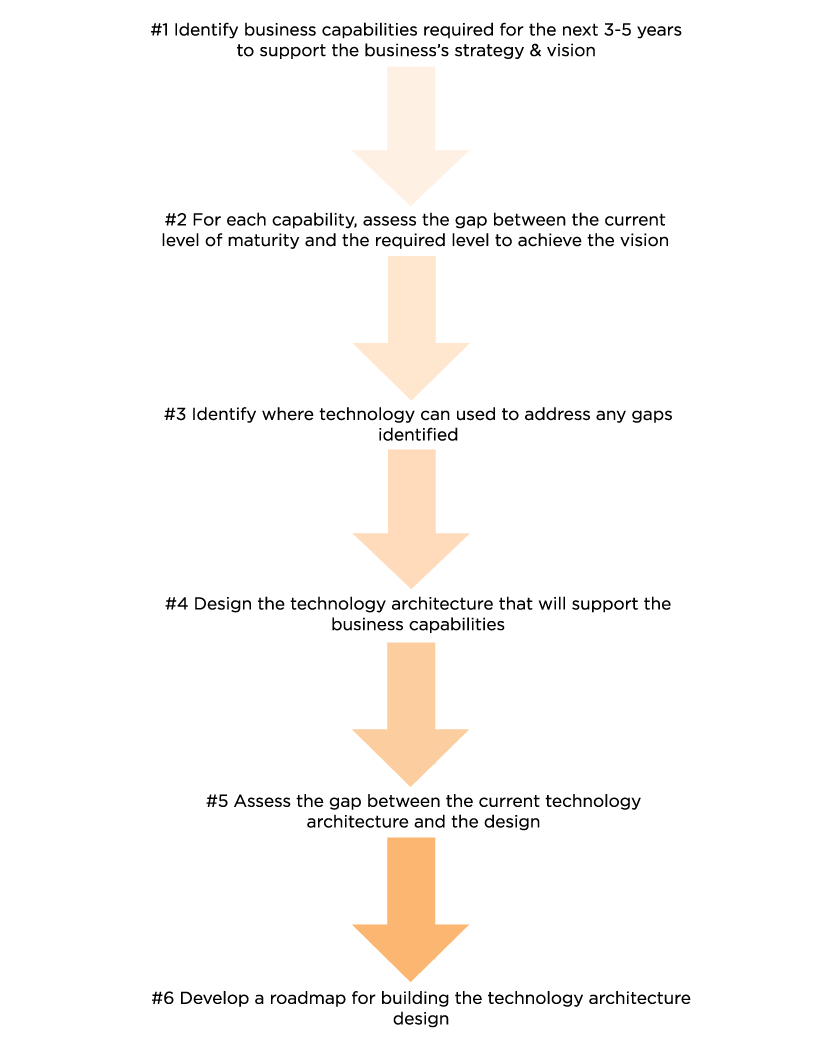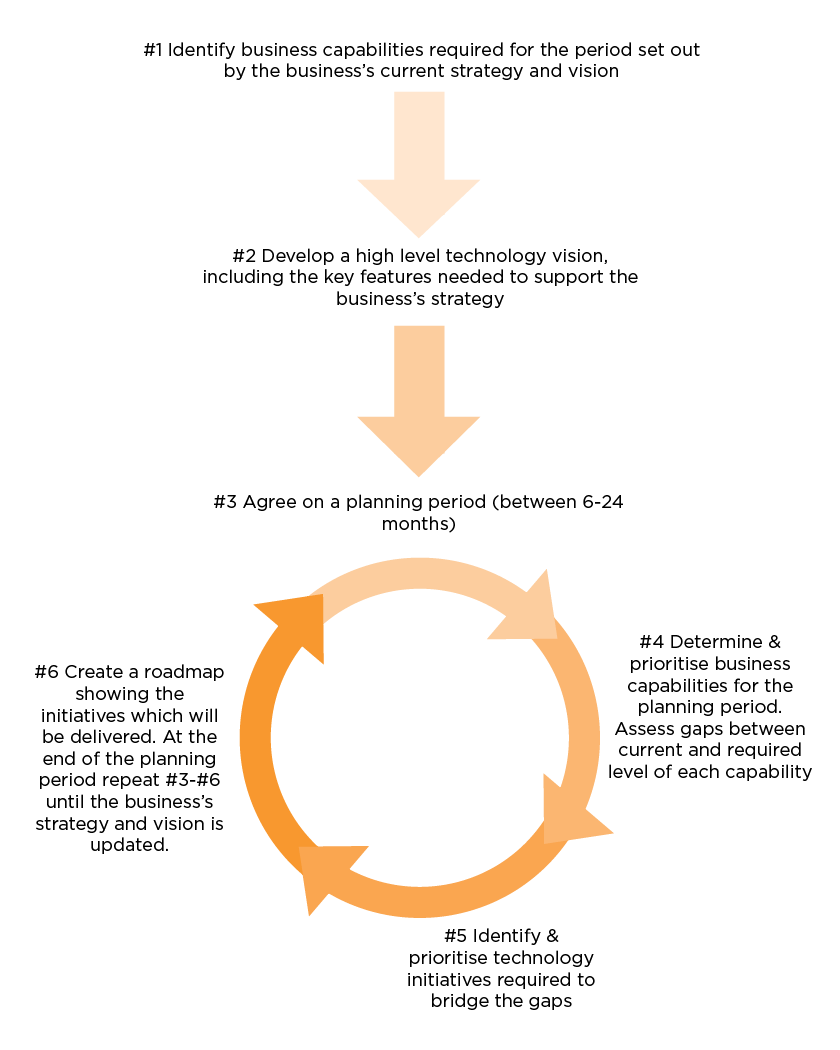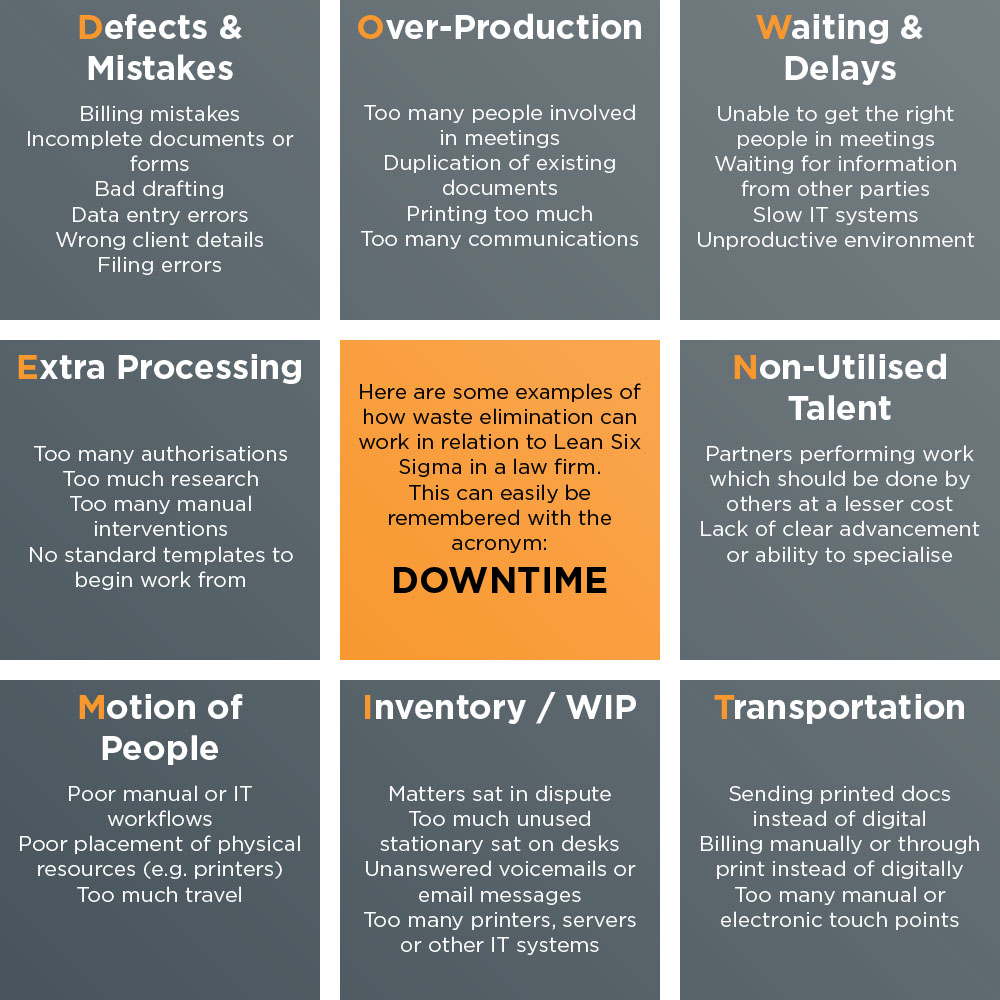An IT infrastructure refresh can result in mixed feelings from IT managers. On one hand, you have the cost, complexity and risk of migrating systems but on the other, you have a great opportunity to significantly enhance your environment.
Given that a typical refresh cycle is now 4-5 years – due to the financial climate and the increased reliability of hardware – it is likely that you can greatly increase value when refresh time comes around.
Server Virtualisation
One option is a like-for-like deployment. Server virtualisation makes the transition to new platforms fairly straightforward. This is because workloads are portable, utilisation is visible and IT Managers are typically familiar – and confident – with the underlying technology.
However, there are limitations to consider, particularly around the agility of this model. It is difficult to efficiently accommodate changes in capacity, whether that’s an increase or decrease, compared to traditional infrastructure.
Hyper-Converged Platforms or HCI
A second option is to go for new technology, like HCI. While hyper-converged platforms are still relative newcomers, the market is definitely developing and maturing.
HCI is a modular approach to IT infrastructure and allows rapid, vast scaling through small form factor nodes that provide integrated RAM, CPU and Storage without complexity. This type of efficiency simply isn’t possible with traditional infrastructure. This option also offers advanced functionality and integrated services, such as deduplication, backup and disaster recovery.
Yet this doesn’t mean this approach is without its limitations. Relying on platform efficiencies can making sizing complicated and implementations more intricate. Furthermore adopting a platform over hardware could mean you end up locked into a specific vendor – something which some would view as a risk. Finally, HCI also represents a CapEx approach to IT infrastructure refresh which, given the financial climate, may not be desirable.
Cloud Services
An alternative approach could be to opt for cloud services. There are certainly many benefits and it does address some of the shortfalls of traditional infrastructure. As a utility-based, OpEx approach to IT, the cloud offers greater agility, greater elasticity and relieves the pressure of “keeping the lights on”.
Despite this, it doesn’t mean it’s suited to all opportunities. While moving to the cloud can relieve the pressure on networking or application delivery, it does not guarantee cost saving. Furthermore migrating to the cloud can be complex and time-consuming, so you need to ensure you have the resources on hand. At QuoStar our team specialise in zero downtime migrations and can manage your migration project from end-to-end.
What option should you choose?
There’s no one right answer here. You need to weigh up your available options and see which one aligns best with your business objectives. While the variety of options may seem daunting, it doesn’t need to be. Prior to undertaking an infrastructure refresh is often a good idea to seek out an independent consultant who has experience in this area and can offer an unbiased perspective.
What is a traditional IT strategy?
This is usually a structured and ordered process which produces a long-term view of the business’s technology requirements and a plan for meeting these needs. A traditional IT strategy will usually plan ahead for the next three to five years and begin by identifying what business capabilities will be required over this time period to achieve the business’s vision. This is then followed by a gap analysis to assess the difference between the business’s current maturity and the level required to realise the vision.
The focus then shifts to technology; identifying how it can be used to address the gaps highlighted by analysis, and designing the target technology architecture to support the required capabilities. An assessment will need to be carried out see if there any gaps between the current technology architecture and the target one, and then a roadmap can be created to address these gaps. The roadmap should be prioritised in terms of what technology architecture is most vital for achieving the business’s vision.

With this approach, the IT Director and CIO may not be as involved with the initial steps, but this depends on the business’s approach to IT. Ideally, though, you want to have IT personnel involved at every stage of the strategic planning to prevent potentially disastrous misalignment.
The downside to the traditional approach is that because its focus on the long-term can actually be limiting because it does not allow the business to respond to changes in the marketplace. This is especially true if the technology roadmap is too strictly adhered to, as you run the risk of the technology strategy deviating from the business’s needs, which will naturally evolve over time.
What is an agile IT strategy?
An agile strategy is similar to a traditional strategy in the sense of the steps it follows. However, rather than planning for years ahead it focuses on the “short-term”, laying out the technology strategy for the next 6-24 months. The time period the strategy will cover depends on how stable the market the company operate in, for example, those operating in fast-changing markets may need to work on a 6-12 month horizon whereas those who are in more stable markets may select as 12-24 month planning period.

Once the planning period has been agreed upon, then the leadership team must agree on which business capabilities will take priority and identify the technology initiatives required to bridge the gap between the current and required level of each capability.
A roadmap should layout which initiatives will be delivered during the planning period, at the end of which the business can evaluate and adjust. Identifying new business priorities and the technology initiatives required to support them.
This cycle should continue until the original strategy and vision for the business are updated, at which point the strategic planning should start from the very beginning.
This approach is often preferred because it suits the fast-changing nature of the digital world and provides businesses with the flexibility to adapt to new challenges and opportunities. It may particularly suit those businesses whose strategy and technology needs change rapidly and, therefore, require a technology strategy which can flex with these changes.
Do you need to have an IT strategy?
In some circumstances, it may not make sense to have a separate IT strategy. This is usually where technology forms the basis of a new technology model or is used as the starting point to develop completely new products and/or services.
In these cases, because the business strategy will be based on technology, some argue there is no need for a separate IT strategy. The CIO and IT Director will have key roles in defining the strategy, something which does not always happen with a traditional approach.
For this approach to be successful it depends on the IT function maintaining and developing the key architecture to support the business strategy and to shape and guide technology decisions.
What is the right IT strategy for my business?
Just as IT support does not have to be 100% in-house or a 100% outsourced, these three approaches to IT strategy are not mutually exclusive. A combination of approaches may be required to best meet the needs of your business, this usually depends on the role technology plays within your organisation and the level of agility you require to remain competitive in your market.
Whichever approach you decide it is vital that IT personnel are involved with every step, as technology will certainly play an important role in building and shaping the required capabilities.
The right approach may also change over time as your priorities change, your vision develops and you find yourself facing new challenges within the marketplace.
As we all know, the legal sector is changing and changing fast. Several emerging challenges in the sector are driving this change, namely: globalisation, shrinking margins and innovation. But whilst change can be uncomfortable, failing to adapt means you die.
This may seem like a scary prospect (and it is) but the legal sector has the advantage of not being the first to go through these challenges. The world of manufacturing has suffered from the exact same problems of globalisation, shrinking margins and innovation and what separated the winners from the losers in that sector was their ability to leverage a set of principles known as Lean.
Manufacturers who both used technology to provide a competitive advantage and understood and implemented the principles of Lean become experts at adjusting to rapid change – something that law firms have traditionally resisted. However, as the pace of change increases in the legal sector, it’s something you will need to start doing.
So, to keep you interested, how will Lean help your legal firm? In short, you’d use proven business tools and strategies to allow you to survive and thrive in shifting sands, by:
- Lowering overheads
- Improving delivery times
- Increasing client satisfaction
- Pricing work more accurately
- Freeing up resources across your firm
- Making lawyers more efficient
- Improving margins!
What is Lean?
Lean was born in manufacturing and was originally developed and used by Toyota engineers in the ’40s. Now, as you’d expect with continual improvement Lean has changed and matured. Generally, today when most people talk about Lean they are talking about Lean Six Sigma. This process was developed by Motorola in the late ’80s and is still widely used by all sectors, from finance through to retail. You’ll know that it’s not common in the legal space, very bizarre.
In short, Lean was born for the ‘systematic’ elimination of waste (“known as Muda”) in a process. Lean also seeks to identify and eliminate waste through overburden (“Muri”) and waste created through unevenness (varying) workloads. There is also a focus on the client who consumes a particular product or service around “value”. So it’s about reducing waste internally and increasing value for the client.

Now, if the potential here isn’t exciting you, you may be in trouble. If you also think you are already all over these elements, then I’ll almost guarantee that you aren’t. There is always room for improvement, everything can be improved. It’s about prioritisation. Prioritising what improvements deliver the greatest gain to the firm and ultimately the client. I’m a big believer in win-win relationships and that means the client has to be your partner, not simply a bill payer.
How does lean deliver improvements?
Lean uses the acronym DMAIC to structure improvement, generally continuous improvement, which is of course absolutely essential in a law firm in this day and age. DMAIC is always applied in the order shown below and stands for:
Define
- Identify the business/process issue
- Record the requirements of the client and the firm
- Finalise the project focus
- Define the project scope
Measure
- Collect the required business data
- Determine the performance of the process
- Clarify the business opportunity
- Identify quick wins where possible
Analyse
- Undertake root cause analysis
- Quantify the opportunity for gain
- Prioritise root causes
Improve
- Understand and develop potential solutions
- Develop and select evaluation method and criteria
- Evaluate risks
- Optimise solution
Control
- Monitor and adjust
- Ensure desired gains are delivered and sustained
- Standardise gains through standardisation
The above obviously goes around and around in a continual cycle. It’s surprising how many firms don’t have live documented processes and procedures. If you don’t have SOP (Standard Operating Procedures) then you are going to have to start. If you don’t have processes defined, how can you evaluate them and improve them?
Why is Lean particularly relevant in law firms?
This is the biggest issue – legal firms, in essence, are simply a business, predominately a service business and a consulting firm. Individually, they aren’t particularly different in what they do (although the individuals inside a firm of course have their specialisms). This means that a client choosing between one firm which hasn’t adopted Lean and still has a lot of waste (and thus, higher costs) and another firm that has adopted Lean, the client will choose the Lean firm every time.
A significant number of law firms have been way behind the curve in innovation for a long time and some who believe they are innovative are not. Not when you look at the advanced systems, processes and structures in other sectors. To begin making some real forward change, law firms need to start at the beginning and audit their existing systems to identify waste.
For Lean to be effective, firm leadership must embrace the principles. You can’t delegate and forget – leadership must be responsible, passionate and championing the reduction of waste and continual improvement in a firm. If you don’t do this then your competition will be, or an entity that isn’t even a competitor right now will be. Change in the legal sector isn’t a threat to those who embrace Lean – it’s an enormous opportunity and one you’re missing out on right now.